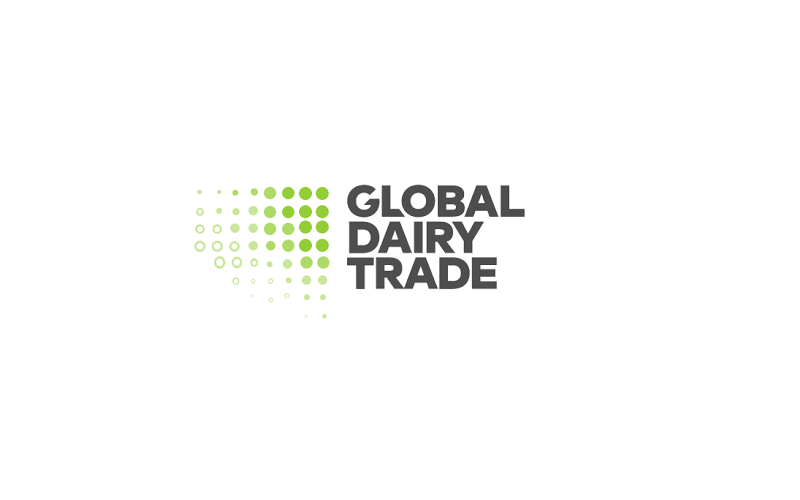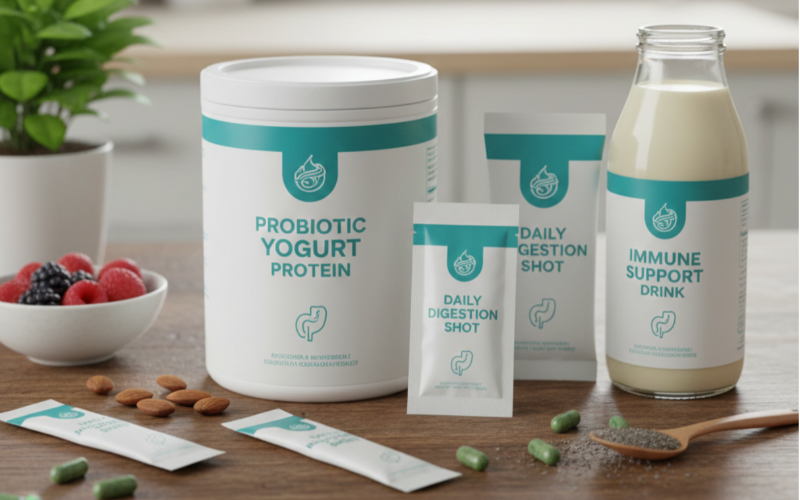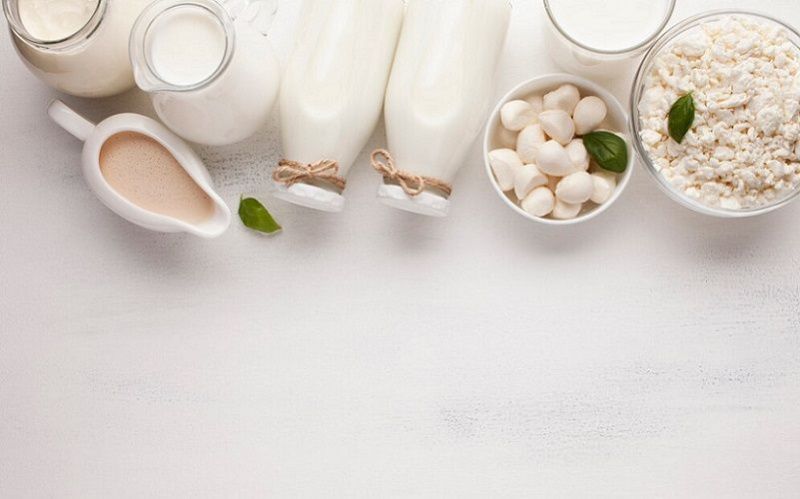China’s Dairy Imports Expected to Rebound in 2025 After Prolonged Decline – Rabobank
Sourse: DairyNews.today
China’s dairy import volumes could grow by 2% year-on-year in 2025, reversing a three-year decline, according to a new report from Rabobank. The potential recovery follows a steep 17% drop in net dairy product imports during the first eight months of 2024, reflecting weak domestic demand and oversupply challenges.

Sharp Declines Across Dairy Categories
The Rabobank report highlighted significant year-on-year declines across key dairy product imports during 2024:
Skim Milk Powder (SMP) imports fell by 36.8% to 178,000 metric tonnes.
Whole Milk Powder (WMP) imports declined by 12.6%.
Imports of liquid milk and cream dropped 15.6%.
Infant milk formula imports were down by 14.8%.
Despite this, Rabobank’s Senior Dairy Analyst Michael Harvey predicts a turning point in 2025, driven by reduced supply and expectations for a recovery in consumer demand.
Domestic Challenges Drive Market Shifts
China’s dairy sector has faced mounting challenges, including low farmgate milk prices, which are now near a 10-year low. These conditions have prompted herd reductions and farm closures, particularly among smaller and medium-sized operations.
China’s National Bureau of Statistics reported a 0.1% decline in milk output during the first three quarters of 2024. Large-scale dairy farms experienced slower, though not negative, production growth, while smaller farms saw accelerated exits from the industry. Rabobank characterized this trend as part of a broader consolidation phase triggered by the current dairy downcycle.
Signs of Stabilization Amid Consumer Concerns
While consumer demand remains sluggish, Rabobank expressed cautious optimism that the bottom of the market cycle may be approaching. However, the report underscored challenges to a full recovery, citing low consumer confidence and weak income expectations as significant hurdles.
Rabobank forecasts modest growth in dairy consumption in 2024, which, combined with a decline in China’s domestic milk production, could improve import prospects.
Outlook for 2025
The report anticipates a gradual recovery in Chinese dairy imports beginning in 2025, as supply constraints and market consolidation support improved conditions. However, sustained growth will hinge on bolstering consumer confidence and addressing income disparities, which remain key barriers to broader consumption growth.
Rabobank’s analysis suggests that the Chinese dairy market’s structural challenges may take time to resolve, but the anticipated uptick in import volumes signals a possible turning point for the global dairy industry.
The Rabobank report highlighted significant year-on-year declines across key dairy product imports during 2024:
Skim Milk Powder (SMP) imports fell by 36.8% to 178,000 metric tonnes.
Whole Milk Powder (WMP) imports declined by 12.6%.
Imports of liquid milk and cream dropped 15.6%.
Infant milk formula imports were down by 14.8%.
Despite this, Rabobank’s Senior Dairy Analyst Michael Harvey predicts a turning point in 2025, driven by reduced supply and expectations for a recovery in consumer demand.
Domestic Challenges Drive Market Shifts
China’s dairy sector has faced mounting challenges, including low farmgate milk prices, which are now near a 10-year low. These conditions have prompted herd reductions and farm closures, particularly among smaller and medium-sized operations.
China’s National Bureau of Statistics reported a 0.1% decline in milk output during the first three quarters of 2024. Large-scale dairy farms experienced slower, though not negative, production growth, while smaller farms saw accelerated exits from the industry. Rabobank characterized this trend as part of a broader consolidation phase triggered by the current dairy downcycle.
Signs of Stabilization Amid Consumer Concerns
While consumer demand remains sluggish, Rabobank expressed cautious optimism that the bottom of the market cycle may be approaching. However, the report underscored challenges to a full recovery, citing low consumer confidence and weak income expectations as significant hurdles.
Rabobank forecasts modest growth in dairy consumption in 2024, which, combined with a decline in China’s domestic milk production, could improve import prospects.
Outlook for 2025
The report anticipates a gradual recovery in Chinese dairy imports beginning in 2025, as supply constraints and market consolidation support improved conditions. However, sustained growth will hinge on bolstering consumer confidence and addressing income disparities, which remain key barriers to broader consumption growth.
Rabobank’s analysis suggests that the Chinese dairy market’s structural challenges may take time to resolve, but the anticipated uptick in import volumes signals a possible turning point for the global dairy industry.











